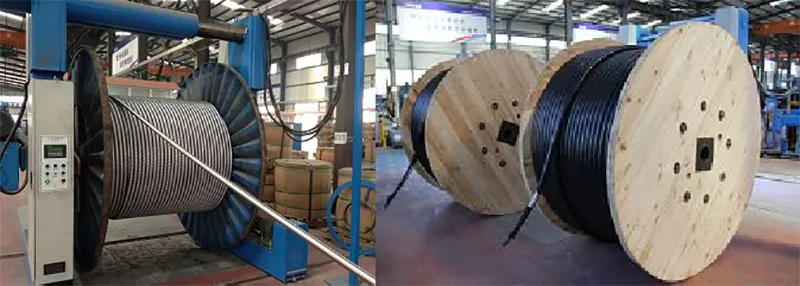Dec . 20, 2024 16:15 Back to list
3 way globe valve
The 3-Way Globe Valve An Essential Component in Fluid Control Systems
In various industrial applications, the efficient control and regulation of fluid flow is crucial for both operational efficiency and safety. Among the numerous types of valves used in piping systems, the 3-way globe valve stands out due to its versatility, reliability, and ability to manage complex fluid flow directions. This article shall delve into the functionality, applications, and key advantages of the 3-way globe valve.
Understanding the 3-Way Globe Valve
A 3-way globe valve is designed with three ports or connections, enabling it to control the flow of fluid between multiple pathways. Unlike standard globe valves, which typically regulate flow in a single direction, the 3-way valve can be configured for two primary functions mixing and diverting. In mixing applications, the valve combines fluids from different sources into a single outlet, while in diverting applications, it directs flow from one inlet to two possible outlets or vice versa.
The design of the globe valve itself is characterized by a spherical body, which contains an internal baffle that helps regulate the flow. The valve's disc, which moves up and down, controls the flow rate and pressure with precision. This design ensures that the 3-way globe valve provides better throttling capabilities compared to other valve types, making it a preferred choice in many systems.
Applications of 3-Way Globe Valves
The versatility of the 3-way globe valve makes it suitable for a range of industries, including oil and gas, chemical processing, water treatment, and HVAC systems. In the oil and gas sector, these valves are used to manage the flow of crude oil, natural gas, and other fluids where tight control is essential for safety and efficiency. In chemical processing, they help mix different chemicals or divert flow between reactors and storage tanks.
In HVAC systems, 3-way globe valves are commonly employed to control the temperature and flow of water or steam, optimizing energy efficiency in heating and cooling applications. Water treatment facilities utilize these valves to manage the flow of treated and untreated water, ensuring compliance with safety standards and environmental regulations.
3 way globe valve

Advantages of 3-Way Globe Valves
1. Precise Flow Control One of the most significant advantages of using 3-way globe valves is their ability to provide precise control over fluid flow. This precision is crucial in applications where the balance of ingredients or the maintenance of specific temperatures is required.
2. Versatility The ability to either mix or divert flow makes the 3-way globe valve a versatile solution for a wide range of applications. This versatility reduces the need for multiple types of valves, streamlining inventory and simplifying system design.
3. Durability and Reliability Typically made from high-quality materials such as stainless steel, bronze, or other corrosion-resistant alloys, 3-way globe valves are built to withstand harsh operating conditions. Their robust construction contributes to a longer lifespan and reduced maintenance needs.
4. Compact Design The globe valve's compact design allows for space-efficient installations, which is especially beneficial in systems with limited space for piping and hardware.
Conclusion
In summary, the 3-way globe valve serves as an essential component in various industries by providing efficient fluid control solutions. Its unique design allows for both mixing and diverting functions, making it a versatile choice for complex systems. With benefits such as precise flow regulation, durability, and compactness, the 3-way globe valve is a smart investment for industries seeking to enhance their operational efficiency and safety in fluid management. As technology and industry needs evolve, these valves will continue to play a crucial role in ensuring effective fluid control solutions.
Share
-
Reliable Wafer Type Butterfly Valves for Every IndustryNewsJul.25,2025
-
Reliable Flow Control Begins with the Right Ball Check ValveNewsJul.25,2025
-
Precision Flow Control Starts with Quality ValvesNewsJul.25,2025
-
Industrial Flow Control ReliabilityNewsJul.25,2025
-
Engineered for Efficiency Gate Valves That Power Industrial PerformanceNewsJul.25,2025
-
Empowering Infrastructure Through Quality ManufacturingNewsJul.25,2025